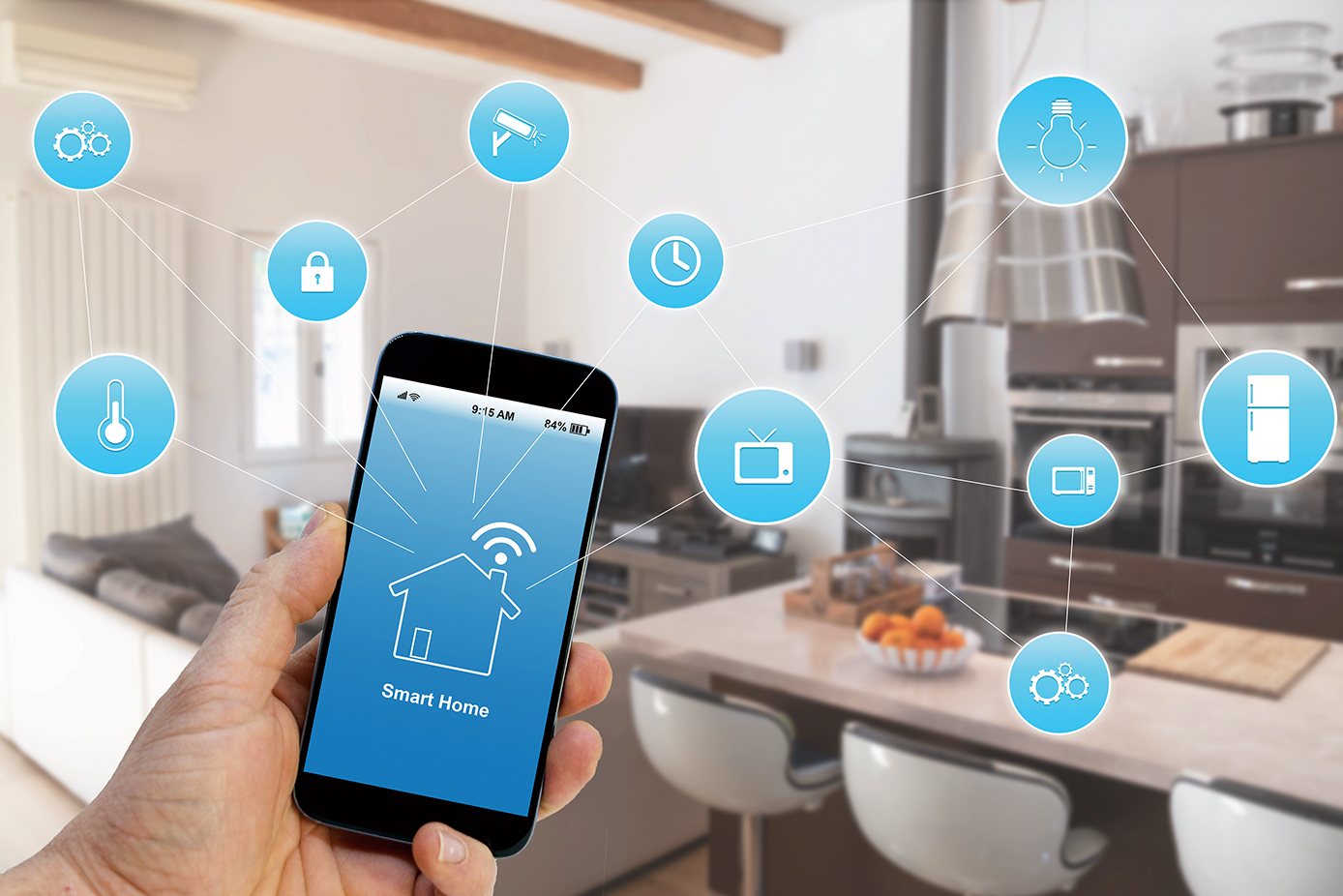In today's rapidly evolving world, the concept of smart homes is becoming increasingly prevalent. With advancements in technology, creating accessible living spaces is not only feasible but essential. For both homeowners and businesses, integrating smart home solutions can significantly enhance the quality of life, providing comfort, convenience, and even safety.
At the heart of this integration lies the primary goal: to make living spaces more inclusive and accommodating for everyone. Whether it's an elderly family member or a guest with special needs, a smart home equipped for accessibility can transform everyday life.

Understanding Smart Home Technology
Before diving into the specifics of accessibility, it's essential to understand what constitutes a smart home. At its core, a smart home utilizes internet-connected devices to enable remote management and monitoring of systems and appliances, such as lighting, heating, and security. This technology offers a plethora of benefits, including energy efficiency, enhanced security, and improved convenience.
For businesses, the integration of smart technology can lead to increased operational efficiency and a better customer experience. By adapting these technologies, businesses can cater to a broader audience, including those with disabilities.
Creating Accessible Living Spaces
Accessibility in smart homes involves designing environments that cater to the needs of all individuals, regardless of their physical abilities. This can be achieved through various means, such as voice-controlled devices, automated lighting, and smart appliances.
Voice-activated technology is a game-changer for accessibility. Devices like Amazon Alexa or Google Assistant allow users to control their environment using simple voice commands. This feature is particularly beneficial for individuals with mobility issues, as it eliminates the need for manual operation.
Implementing Smart Lighting
Smart lighting systems offer significant advantages in terms of accessibility. These systems can be programmed to adjust brightness and color temperature automatically, depending on the time of day or user preferences. Motion sensors can also be integrated to provide hands-free lighting control, enhancing safety and convenience.
Furthermore, smart lighting can be connected to security systems, providing an additional layer of safety. Businesses can benefit from these systems by ensuring that their premises are well-lit and secure, accommodating customers with visual impairments.
Smart Appliances and Their Role
Smart appliances are another critical component of an accessible smart home. From refrigerators with touchscreens to ovens that can be controlled via smartphone apps, these appliances offer unparalleled convenience. They can be programmed to operate at specific times, reducing the need for manual intervention.
For those with disabilities, smart appliances can be lifesavers. They can assist with daily tasks, ensuring that individuals can live independently while maintaining their quality of life. Businesses, especially those in the hospitality industry, can leverage smart appliances to enhance the guest experience, catering to a diverse clientele.
Benefits for Homeowners and Businesses
The integration of smart home technology offers numerous benefits for both homeowners and businesses. For homeowners, it provides the opportunity to create a safe and comfortable environment tailored to their specific needs. For businesses, it means offering a more inclusive and accessible experience for clients and customers.
Moreover, smart technology can lead to cost savings in the long run. Energy-efficient systems reduce utility bills, while automated security systems can lower insurance premiums.
Future of Smart Homes and Accessibility
As technology continues to evolve, the possibilities for smart homes and accessibility are endless. Innovations such as AI-driven personal assistants and advanced home automation systems are on the horizon, promising even greater enhancements in accessibility.
The future holds exciting prospects for both homeowners and businesses. By staying informed and embracing these innovations, they can ensure that their living and working spaces are equipped to meet the demands of a diverse world.
For more detailed information on setting up a smart home, you might find this smart home buying guide useful.

FAQs
What is a smart home?
A smart home utilizes internet-connected devices to control and monitor systems such as lighting, heating, and security, enhancing convenience and efficiency.
How can smart homes improve accessibility?
Smart homes improve accessibility by integrating technologies like voice-activated devices and automated systems, making it easier for individuals with disabilities to perform daily tasks.
Are smart homes cost-effective?
Yes, smart homes can be cost-effective in the long run. Energy-efficient systems and automated security solutions can lead to significant savings on utility bills and insurance premiums.
For more insights on smart homes and their applications in various sectors, you can explore this article on smart homes for rental properties.

